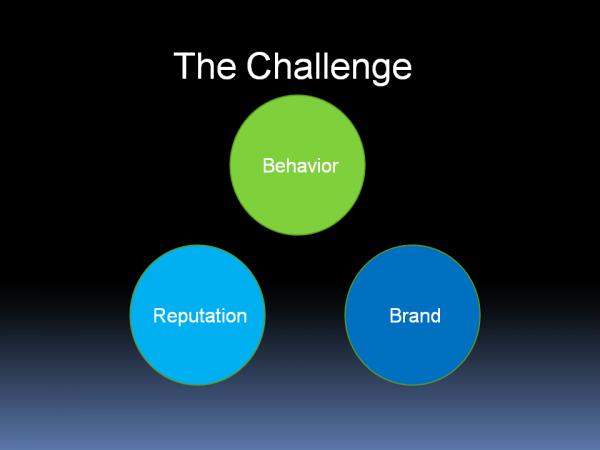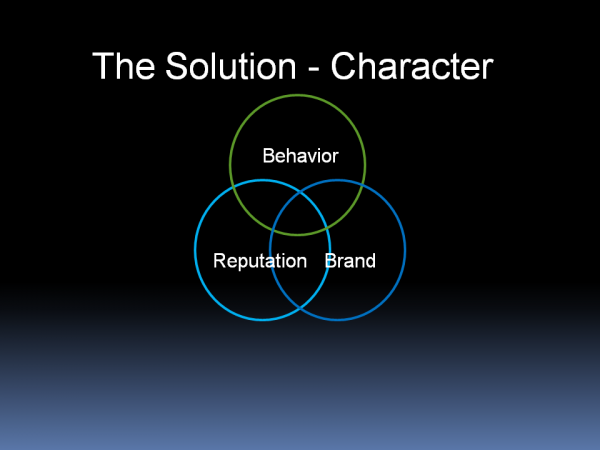Leadership Transparency is a relatively new strategy for companies. Many companies traditionally only shared financial problems and corporate concerns with top management. Some progressive companies are now turning to a transparent business model, which focuses on sharing relevant and important information with all team members within the organization, as well as with clients and customers. Traditionally taboo topics, such as financial hardships, hiring needs and competitor progress, among others, are now considered relevant information to share with all employees. The idea is to be honest with team members to spark loyalty and accountability for creating solutions that solve problems resulting in company-wide improvement.
Team building tips for open door policies
Transparent leadership can improve a company’s culture. With the following team building tips, leaders can successfully incorporate strategies that will expand transparency within their organizations.
Know what to share.
Transparency, openness and genuineness are all important elements for a successful company culture, but knowing what and when to share is the key for successful implementation. If leaders come in to work every day and complain to their employees about the poor outlook of the organization, employees will not feel motivated to work harder, but instead feel motivated to find another job with a more stable company. Company stability, for example, is a key emlpoyee engagement criteria for the Australian business market.
That doesn’t mean that leaders should be dishonest with employees and say that the company is doing well when it’s not. It is to say that there is a difference between being transparent and complaining. If there are things that employees can do to help solve the problem and improve the company’s standing, then leaders should be honest with their employees and motivate them to create solutions. Complaining that lacks cross functional team planning, for example, is discouraging.
In the early 90’s for example, the semi-conductor patents of a medium-sized Spokane based businesses were under attack by a much bigger company. The CEO was honest about the impact of transferring a sizable portion of their annual budget to litigation, which would purge some department budgets. The David and Goliath presentation got every employee on board to do more with less and it built high levels of collaboration between departments. It was a highly impacting business defense strategy that resulted in employee engagement, loyalty and fierce employee support.
Incorporate symbols of transparency.
Simply telling employees that you have an open door policy is an important first step, but employees may be hesitant to take you up on the invitation. In conjunction with the verbal invite, leaders should incorporate nonverbal cues as well, such as putting a comfortable meeting area in their offices and a planning table. By seeing a round table in a leader’s office, team members understand that they are welcome to start a conversation with their employer, get comfortable and share thoughts and concerns. Leaders can also promote transparency through other symbols, such as regular meetings to share important information regarding the company with managers and team members. This promotes faith for the organization when team members feel that they understand how the company is doing.
In the book, TIGERS Among Us – Winning Business Team Cultures and Why They Thrive there is an example of a business leader who meets with managers early Monday morning. Later all the employees meet to learn about the top financial update plus goals for the week and how each department has a role in the outcome of achieving that goal so that inter-departmental collaboration is promoted.
Allow team members to ask questions anonymously.
Sometimes team members will have questions about the company, but they may be too timid or concerned to ask their questions in a one-on-one or group setting. To combat this, leaders can implement a strategy that allows team members to ask their questions anonymously, such as through a comment and question box. Other ideas include sending out weekly surveys or polls, or by creating a Q&A message board. With these tools, team members are given a weekly opportunity to send their questions to management, which are then addressed publicly at a whole team meeting. As questions are addressed, gossip is reduced, fears subside and management gets an inside look at their company’s culture and employee concerns.
Don’t forget about trust.
Transparency can only go so far when trust is lacking. So to truly create a transparent culture, leaders need to first focus on building trust with their team members. Transparency from leaders and team members requires vulnerability from those involved, so everyone needs to feel that they are in a safe enough environment to share their concerns and ideas. This cannot happen without trust.
If you suspect that trust is lacking and want to know what other high functioning team behaviors are impacted in your organization, consider utilizing the team culture assessment available through the TIGERS Success Series to discover your team’s behavior strengths and evaluate their levels of trust, interdependence, genuineness, empathy, risk and success. Leaders are given three assessments rather than just one so that course corrections can be measured against organizational cost savings and productivity as changes are made over time. Leaders receive customized evaluations, as well as proven strategies to improve the six principles within their organizations.
For example, recently an organization completed their third TIGERS Team Survey. All three were given annually to employees over a three year period. Risk, genuineness and trust were still low indicating a need for a problem solving and critical thinking system, including training. In the transition from management making all the decisions, which resulted in system-wide problems, the change process is to include cross functional team planning along with a problem solving club to practice low to high levels of root cause company problem solving after problem solving training is deployed. Employees with strengths in the problem solving and critical thinking arena are encouraged to join. Some will be managers. Most will be rank and file employees with the problem solving gene.
But how do you correct trust problems if trust has been fractured by leaders? The following video offers a sequential process for trust transformation.
A transparent business model focuses on leaders sharing important and relevant information with employees so that everyone knows how the company is performing. This leads to higher employee engagement, productivity, loyalty and potential happiness. When implemented properly, it also improves consumer confidence, which improves both company and community stability. With team building tips, leaders can learn what to share, incorporate symbols of transparency, implement strategies that allow team members to ask questions and build trust among team members. The benefit is improved morale and greater confidence in the organization as a whole.
We found the following articles to lend additional insight that you may find valuable.
- Why Transparent Leadership is Overrated
- Transparency In Leadership: Why I Put a Couch in My Office
- 5 tips for building transparency into your company culture
- To Be Transparent or Not To Be Transparent at Work
Copyright TIGERS Success Series, Inc. by Dianne Crampton
About TIGERS Success Series, Inc
TIGERS Success Series is a Bend, Oregon Leadership and Team Improvement Consultant that helps committed leaders build more cooperation among employees and collaboration between departments for improved growth and revenue.
We do this by deploying the TIGERS team process that improves workforce behaviors that are anchored by trust, interdependence, genuineness, empathy, risk resolution and success. Providing diagnostics and customized team interventions, you can improve both work culture and transform your adequate teams into exceptional ones. We also license and train HRD Executives, Project Managers, Managers, Trainers and Team Consultants in the use of our award winning resources. For more information, call 1+ 541-385-7465.


